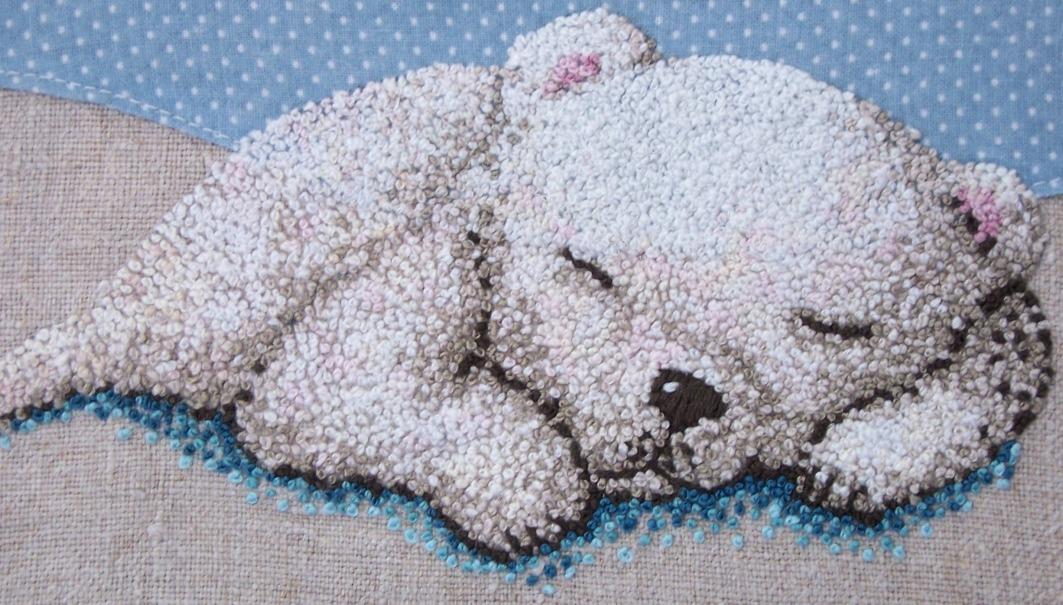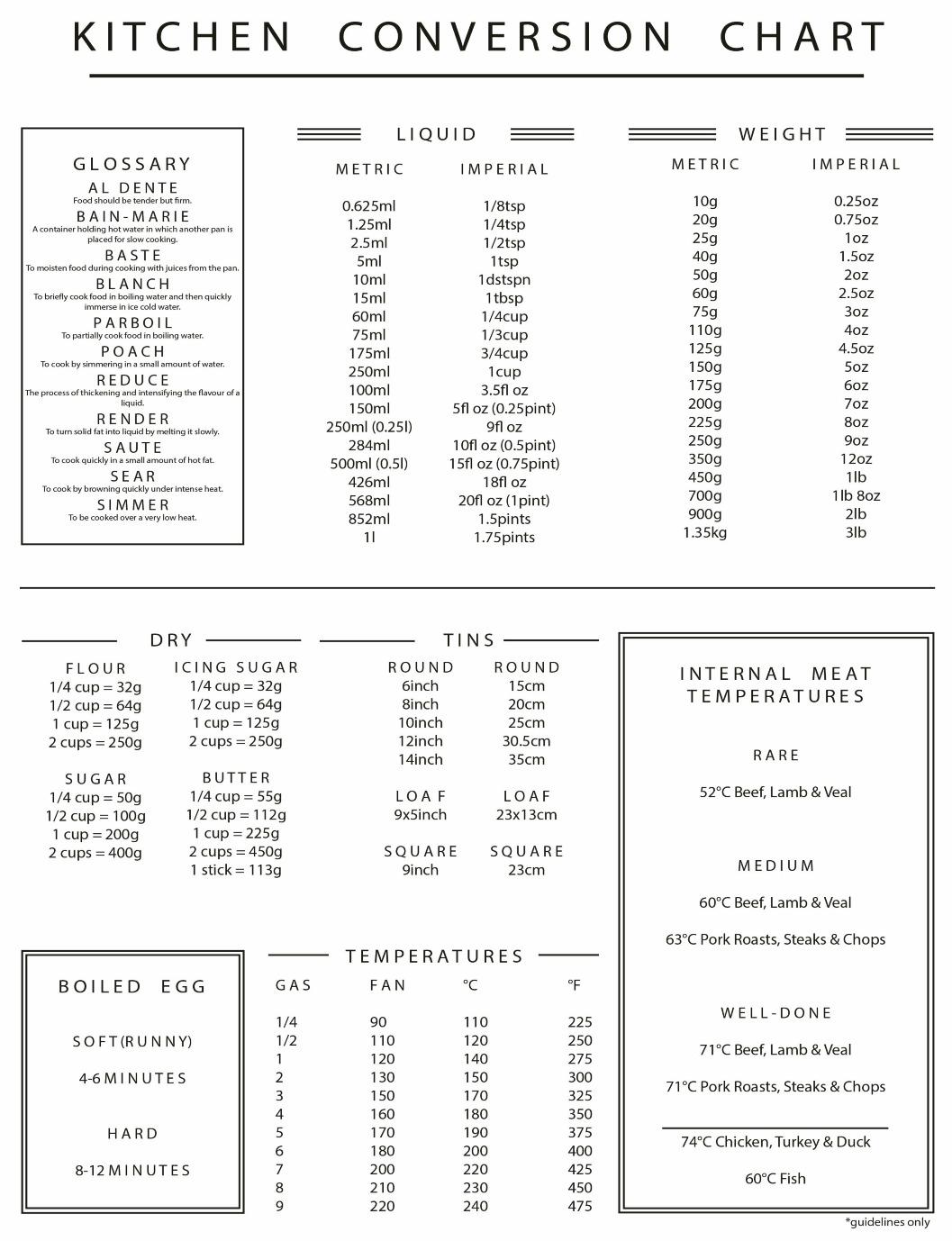

A Bustle & Sew Publication
Copyright © Bustle & Sew Limited 2023
The right of Helen Grimes to be identified as the author of this work has been asserted in accordance with the Copyright, Designs and Patents Act 1988.
All rights reserved. No part of this publication may be reproduced, stored in a retrieval system or transmitted in any form, or by any means, without the prior written permission of the author, nor be otherwise circulated in any form of binding or cover other than that in which it is published and without a similar condition being imposed on the subsequent purchaser.
Every effort has been made to ensure that all the information in this book is accurate. However, due to differing conditions, tools and individual skills, the publisher cannot be responsible for any injuries, losses and other damages that may result from the use of the information in this book.
First published 2023 by: Bustle & Sew Station House West Cranmore Shepton Mallet BA4 4QP www.bustleandsew.com
Welcometothe FebruaryMagazine
Hello everyone!
This year there is definitely truth in the traditional saying “as the days lengthen, the cold strengthens.” Even though the days are noticeably longer now, the nights are cold, and the wood burner is doing sterling work keeping us all warm through the days. There’s plenty of sunshine though which makes everywhere seem so cheerful and definite signs of springs as daffodils, crocuses and snowdrops are all beginning to push their way through the semi-frozen soil, promising beautiful blooms to come.

When I was typing up the contents page of this issue I realised how much I am looking forward to the arrival of spring, though these last days of the winter bring the pleasures of Valentine’s Day and Shrove Tuesday too - Rosie has never forgotten the year a rather enthusiastically tossed pancake did actually hit the ceiling, and though it didn’t stick, the mark it left behind was there for quite some time! There are pancakes in this issue too, and lots more besides, including a project I’ve been planning for a while now, the nursery alphabet pennant, as well as a couple of Valentine-themed designs and some tips on working extra-good French knots!
I hope you enjoy this issue and the March Magazine will be published on Thursday 23 February. Until then I hope you have a lovely month with lots of time for stitching!
Very best wishes

Betweenthismonth’scovers…


ThePromiseof Summer
“ThereisalwaysinFebruarysomeday,atleast,when onesmellstheyetdistant,butsurelycomingsummer.
Perhapsitisawarmmossyscentthatgreetsone whenpassingalongthesouthernsideofahedgebank;oritmaybeinsomewoodlandopening,where thesunhascoaxedoutthepungentsmellofthe trailinggroundivy,whoseblueflowerswillsoon appear;butthedayalwayscomes,andwithittheglad certaintythatsummerisnearing,andthatthegood thingspromisedwillneverfail.”



Valentine’s Day…



InsidetheGarden
Itwasthesweetest,mostmysterious-lookingplaceanyonecouldimagine. Thehighwallswhichshutitinwerecoveredwiththeleaflessstemsof climbingroses,whichweresothickthattheyweremattedtogether…
Allthegroundwascoveredwithgrassofawintrybrownandoutofitgrew clumpsofbusheswhichweresurelyrosebushesiftheywerealive. There werenumbersofstandardrosesthathadsospreadtheirbranchesthatthey werelikelittletrees.
Therewereothertreesinthegarden,andoneofthethingsthatmadethe placelookstrangestandloveliestwasthatclimbingroseshadrunallover themandswungdownlongtendrilswhichmadelightswayingcurtains, andhereandtheretheyhadcaughtateachotheroratafar-reaching branchandhadcreptfromonetreetoanotherandmadelovelybridgesof themselves. TherewereneitherleavesnorrosesonthemnowandMary didnotknowwhethertheyweredeadoralive,buttheirthingreyor brownbranchesandsprayslookedlikeasortofhazymantlespreading overeverything,wallsandtrees,andevenbrowngrass,wheretheyhad fallenfromtheirfasteningsandrunallalongtheground.
Itwasthishazytanglefromtreetotreewhichmadeitalllookso mysterious. Marythoughtitmustbedifferentfromothergardenswhich hadnotbeenleftallbythemselvesforsolong;andindeeditwasdifferent fromanyotherplaceshehadeverseennherlife.

ChoosingandUsingVintageTextiles
Vintage textiles have the past woven into their threads - the hands that stitched them, the people who used to wear them and even the rooms in which they were used. It’s a very personal history, full of domestic detail. If you’re lucky enough to find a handmadequiltatmarket,inathrift shop or antique fair, then it’s worth snapping up even if it’s not in the best state of repair as it’s relatively easy to mend these items - or make them into new pieces if they’re beyond use for their original purpose.
Some of the fabrics used may be classics such as gingham, ticking or candy stripes and you can replace these without too much difficulty, but where other patches are torn or frayed you are unlikely
to be able to match the pattern precisely. The most important thing is to find fabrics of the same weight and composition so they don’t pull or tear each other, and can be washed in the same way. Quilts and other patchwork items were made to be used, not displayed, so if you want to contributetoanitem’shistory,then don’t be afraid to add your own fabrics to the mix and let it evolve for future generations to enjoy.

Cut out damaged pieces by snipping the stitching around them very carefully with small sewing scissors that have sharp points. If there is quilting across the patch, cutthroughthequiltingstitchestoo from the top of the quilt. Remove the patch so that you’re left with a hole in the patchwork (but not in
the filling or backing). Cut a new piece of fabric (that has been preshrunk if you intend to wash your item in the future) and slip it inside the hole so that its edges are concealed. Slip stitch it neatly into place. Replace any quilting stitches by hand, matching the quilting on the rest of the item.
To prevent further damage to vintage fabrics, try to keep items away from strong sunlight which will cause them first to fade and eventually to simply rot away. If the worst comes to the worst and you have an item, a quilt perhaps, where parts are quite beyond repair, then don’t give up on the wholething-cutoutgoodsections to turn into cushions, or perhaps to frame and hang on the wall
IntheKitchenGarden: PreparingforSpring
The operations on the kitchen garden in February will depend very much on the weather, and must be regulated by it. It is useless to attempt to dig, plant and sow in wet weather,for the ground will cling to the feet of the workmen, and the time spent in vain attempt will be altogether lost. The had of the gardener must be withheld until drier weather prevails and the surface of the soil is fairly dry. Then no time must be lost in preparing the ground for, and getting in, the crops for the coming season. Continue to wheel manure onto vacant ground, and get all ground work as forward as possible, bearing in mind that much of the success of the season depends upon it; and how important it is to have the
ground prepared a week or two before cropping, especially where it is heavy or retentive, for none but a practiced workman can appreciate the advantage of having the surface in the finely pulverised condition that follows sharp frost and drying winds.
To produce carrots and parsnips of an extraordinary size, make a very deep hole with a long dibber ram the earth well round it while the dibber is in and when it is removed, fill up the hole with fine rich earth. Sow a few seeds on the top, either parsnips or carrots, as may be required, and when up, draw out all except the one plant nearest to the centre of the hole. Prodigious carrots and parsnips may be produced by this means.



AtWinter’s End

ShroveTuesday

ShroveTuesday,thelastTuesdaybeforethestartofLent, wasnamedafterthe“shriving”(confessionandabsolution) that took place on this day. Today, almost the last survivingShrovetidecustominthiscountryisthatwestill makeandeatpancakesonShroveTuesday,whichthisyear falls on the sixteenth. The connection between Shrove Tuesday and pancakes is a very old one, though there seems to be no deep symbolic reason while pancakes in particular are so firmly connected to Shrovetide. The practical explanation that making pancakes used up the remainingmilk,eggsandfatbeforetheLentenfastisone thatmakesperfectsense.
Thewords“pancake”and“fritter”(thesecondfromthe French and related to the word “fry”) are both first
recorded in the mid-fifteenth century, but there is no reasontobelievethatpancakesthemselveswereanewdish atthistime.
Today,alloverthecountrypancakeracesstilltakeplace. Itseems,onpresentevidence,thatachurch-basedcustom (notnecessarilyarace)wasinventedinthe1920’s,which wasembellishedintoaracebeforethesecondworldwar andrevivedagainsoonafterit. Thisisverydifferentto thewidelyacceptedstorywhichclaimsthattheracedates back to the fifteenth century when a harassed housewife heard the Shrove bell and rushed to the church still holdingherfryingpan.
Marmalade
Februaryistheperfectmonthformakingmarmaladewith Sevilleoranges(thebitterorangethatgrowsinthesouthof Spain)stillingeneroussupply,andbothlemonsand grapefruitsattheirpeak. Marmaladescanbemadefroma widevarietyofcombinationsofcitrusfruits,butmymumand grandmausedtomakejustone -aclassicSevilleOxford-style marmalade. Ifyou’remakingmarmaladethentrynottouse analuminiumsaucepanasthefruitisveryacidicand aluminiumandacidcookingisn’tthebestcombination. Marmaladesneedalittletimetomature,sowhenyou’ve bottledthemtrytokeepthemforatleastamonthbeforeuse.

FebruaryintheCountryside…
Fornearlyaweekitrained. Howit rained! Theheathinfrontofmy housewasasolidwallofdrivingwet; dayandnightthegalecrashed throughthetrees,rattlingtheboughs upontherooftilesandagainstthe windows. Thelittlethreadlikestream whichtricklesdownfromthehillsand emptiesitselfintheHermit’sPoolwas swollentoatorrent;thevoiceofit becameinsistent,minglingwithmy thoughtsbydayandmydreamsby night.

Tosomepeopleitwouldhavebeena melancholytime;buttomethehours weregolden,forIambynaturesucha truant,luredoutofdoorsbyevery passingbreezeorsunbeam,thatIhave todependuponsuchspellsofreally badweathertokeepmeindoorsfor longenoughtogethertoaccomplish anything.
HourafterhourIworkedatmydesk, thewindowsblurredwithwet,the roomfirelit,myonecompanion stretchedupontherugbaskinghisfull length,toolazytodomorethan growlfeeblyeachtimetherosebush lashedthepane. BetweentimesI madenewchintzcoversforthe furniture;theorangeandblueand greenofthemlooksverybrightand freshagainsttheyellowofthe distemperedwalls.
TheGoldenFleece: TheBritishWoolTrade

NatureNotes: SeekingWinterSustenance

Clingingtoalimetreeboughinthegarden, with heavy wet snowflakes falling all about him,alittletitpecksatthebarktogetatthe insects or eggs beneath it. The bitter winds and snow have in no way abated his energy; heisasbusyandrestlessasinthemiddleofa summer’s day. The bark shows signs of damageforanareaofaroundfiveorsixinches square, not just from this bird, but from the successiveeffortsofmanyvisitors;andthere areseveralothersmallboughshereandthere among the limes which have had their bark completelystripped. Theirlittlebeaksdon’t seemcapableofcausingallthisdamage;but thecontinualtap,tap,tapgraduallyloosens the bark, which is probably already partly decayedandhollowed.
Nothing escapes a bird’s eye and it’s almost impossible for insects to hide themselves or their eggs from eyes as sharp as these. The smallest hole in the bark, the tiniest chink; every corner, every shrivelled up leaf still clingingtothebranchorlyingontheground, these birds see under or round everything. Most of those that escape being eaten are savedsimplybytheirgoodluckinhidingin inaccessible places rather than being completely concealed from sight. The various tits are almost tiny woodpeckers, though they don’t of course technically belongtothatfamily. Theydon’tdrillholes, perhaps because their beaks aren’t strong enough,butinalmosteveryotherrespectthey behaveaswoodpeckersdo.


A(little)Journey throughColour
Theamazingworldof naturaldyes

SomeTipsforSuccessfulFrenchKnots
I know that many stitchers are a little wary of French knots - but once you are aware of a few tips then it really isn’t too hard to work them successfully. As in all things, practice makes perfect, and I must admit I was very comfortable with working French knots by the time I finished this little polar bear cub way back in 2010!

1. Think about the number of twists in your knot. I never use more than three twists as I think the knot can get messy and loose. But if you want messy and loose then that’s fine of course.
2. Always keep your working thread taut to avoid knotting and tangling. The wraps should sit snuggly snug on your needle, but not so tight that the thread thins out and loses its natural plumpness. If you’re really pulling tight on that working thread to keep the wraps on the needle, it’s harder to pull your needle through the wraps and your knot will end up looking miserly. So, once you begin to pull the working thread to the back of the fabric while forming
the knot, keep a constant, even, but not too tight, tension on the working thread on the front of the fabric.
3. Don’t take your needle in and out of the fabric through the same hole as on the return journey if you pull a little hard you may take the knot back through the hole as well. Always take your needle back down through the fabric a little to the side of where you brought it up and remember - your French knot will sit over the place where you take your needle back down through the fabric and not where your brought it up. Important if totally accurate positioning is required!
4. Work slowly and carefully. If you try to pull your thread through the wraps too fast it is very likely to tangle and knot. This is frustrating!!
5. Use a needle with a long thin eye so that it’s easier to pull through the wraps - if you’re going to be working a lot of French knots (see above) then you might like to try using a milliner’s or straw needle.
FarewelltoWinter
Atlast,winterbegantogatherherlimbs,torise,anddriftwith saddenedgarmentsnorthwards….
Thebirdsflutteredanddashed;thecatkinsonthehazel loosenedtheirwinterrigidityandswungsofttassels. All throughthedaysoundedlongsweetwhistlingsfromthe bushes;thenlater,loud,laughingsoundsofbirdtriumphon everyhand.





